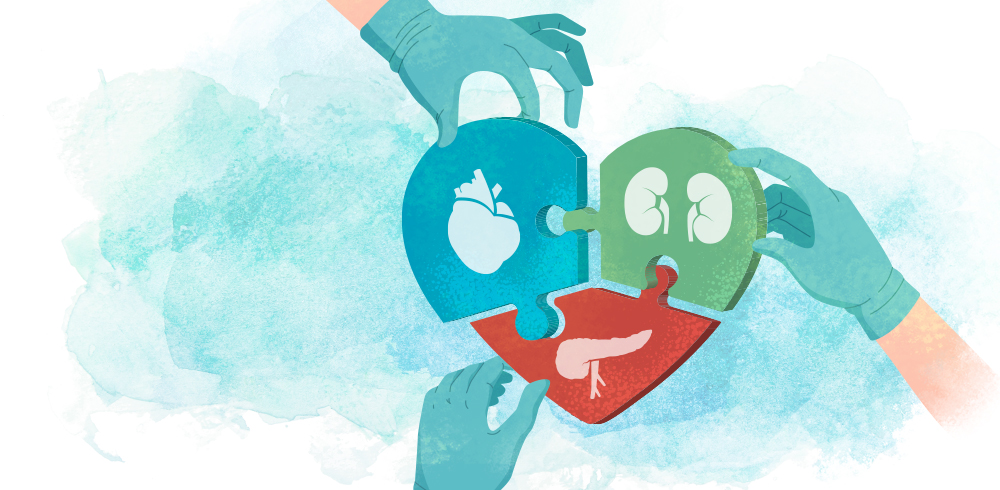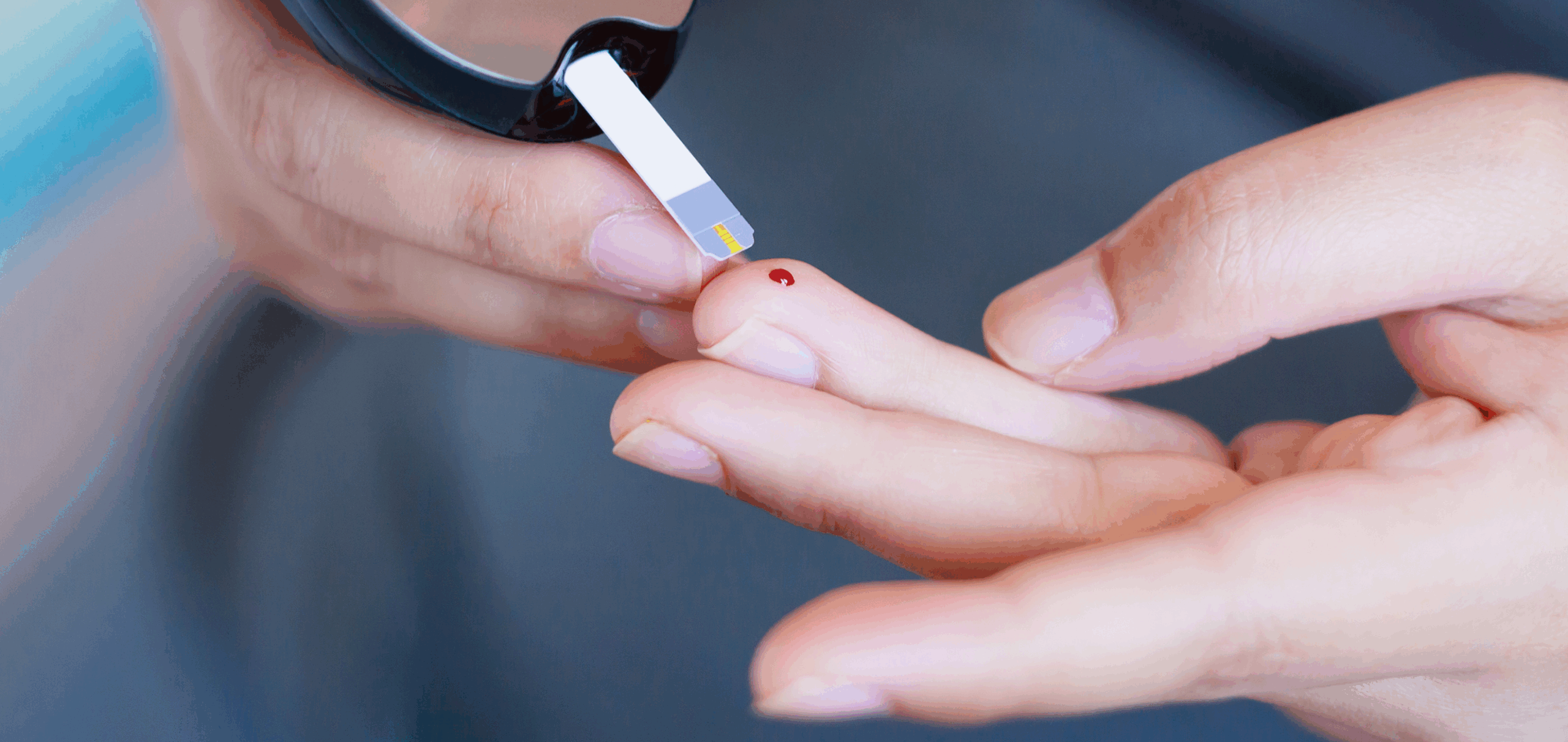High TEWL at closed wound site predicts recurrence risk in DFU
23 Aug 2025
Share
Diabetic foot ulcers (DFUs) are among the most debilitating and costly complications of diabetes, often leading to prolonged hospitalizations, infections, and in severe cases, lower-limb amputation.1 Patients with DFUs face a five-year mortality risk approximately 2.5 times higher than those without foot ulcers.1 Even after apparent healing, recurrence is common—up to 40% of patients experience recurrence at the same site within 12 weeks of ulcer healing.2 These challenges underscore the importance of assessing wound closure not only by visual reepithelialization but also through objective markers of skin barrier function.2 Recently, the National Institute of Diabetes and Digestive and Kidney Diseases (NIDDK) Diabetic Foot Consortium identified transepidermal water loss (TEWL) at the closure site as a potential predictive biomarker for DFU recurrence.2
TEWL is a well-established, noninvasive biomarker that quantitatively assesses the functional integrity of the epidermal barrier by measuring the passive diffusion of water vapor through the stratum corneum.2,3 Under normal physiological conditions, an intact epidermal barrier restricts water loss, thereby preserving homeostasis and protecting against external insults.2,3 Elevated TEWL values reflect impaired barrier function and may persist despite complete reepithelialization of the wound surface.2 In such cases, structural closure of the wound does not equate to functional restoration of the skin barrier, potentially leaving the site vulnerable to mechanical stress, microbial invasion, and inflammatory responses.² In cases of DFU where recurrence remains a persistent concern despite apparent closure, TEWL serves as a potential functional indicator of incomplete wound healing at a physiological level by distinguishing wounds that are merely re-epithelialized from those that have truly regained barrier competence, thereby providing a metric to predict wound vulnerability and guide clinical decisions to reduce recurrence risk and improve long-term outcomes.²
In this multicenter, noninterventional study, 418 adults with diabetes and recently closed DFUs were recruited across seven US academic centers.2 TEWL was measured using a validated, noninvasive handheld probe at the center of the closed wound and compared against a control site on the contralateral foot.2 These measurements were obtained at two visits, spaced 2 weeks apart following wound closure.2 Participants with confirmed closure were then followed for 16 weeks to monitor for recurrence.2 Weekly assessments of wound status were obtained through both self-report and clinician evaluation.2
By week 16, DFU recurrence was reported in 21.5% of participants.2 Mean TEWL at the center of the closed wound during the initial visit was significantly higher among those with recurrence vs. those without (27.71g/m2/h vs. 22.72g/m2/h; p=0.006).2 A TEWL threshold of >30g/m2/h was defined as “high,” based on receiver operating characteristic (ROC) curve analysis.2 Among those with high TEWL, 35% experienced recurrence vs. 17% with low TEWL.2 The odds of recurrence for participants with high TEWL were 2.66 times that of those with low TEWL (95% CI: 1.57-4.49; p<0.001).2 Kaplan-Meier analysis showed that the elevated TEWL group was also associated with a shorter time to wound recurrence (mean 91.4 days vs. 104.8 days).2 Notably, self-reported recurrence showed high concordance with clinician assessment (Yule’s Q=0.99), reinforcing the validity of patient-reported outcomes in DFU wound monitoring.2
In summary, the study demonstrated that TEWL is a clinically valuable, objective biomarker for assessing the quality of wound closure in DFUs.2 Patients with high TEWL following closure are at increased risk of DFU recurrence, highlighting the potential role of integrating TEWL monitoring in routine care to help clinicians identify high-risk individuals and intervene early to extend ulcer-free days.2

In an interview with Omnihealth Practice, Dr. Theenesh Theyvan Balakrishnan discussed the often-underestimated burden of DFUs and shared practical strategies to reduce recurrence and amputation risk.
Q1: What is a DFU, and why is it a major concern?
Dr. Theenesh: DFU is an open wound on the foot of a person with diabetes, often resulting from neuropathy and/or peripheral arterial disease (PAD). It affects 15%-25% of individuals with diabetes and contributes to up to 85% of non-traumatic lower-limb amputations.DFUs are a significant clinical concern as they are associated with infection, prolonged hospitalization, amputation, and increased mortality. With recurrence rates reaching 40% within a year, addressing modifiable risk factors such as poor glycemic control, inappropriate footwear, inadequate offloading adherence, visual impairment, and insufficient self-care is essential.
Q2: How does early detection and screening impact DFU outcomes?
Dr. Theenesh: Early detection enables timely intervention, often before infection or tissue loss occurs, helping to reduce hospitalizations and the risk of amputation. Annual foot screening is recommended for all patients with diabetes, with high-risk individuals requiring checks every 1-3 months. Common screening tools include the 10-g monofilament, 128-Hz tuning fork, pedal pulse palpation, and inspection of the foot and footwear. Vascular assessment with Doppler may be warranted in selected cases.While my experience with TEWL is limited, this non-invasive method may help detect early skin barrier impairment and guide decisions on dressing removal or offloading taper. It also shows potential for integration into predictive models.
Q3. What are the most effective strategies to prevent DFU and its recurrence?
Dr. Theenesh: Effective DFU prevention requires a multidisciplinary approach: structured education, daily foot checks, therapeutic footwear and offloading, glycemic control, smoking cessation, and regular follow-up with foot care teams. Among these, daily foot inspection, though often overlooked, remains one of the most impactful practices, allowing early detection of subtle changes such as callus or erythema.
References
- Armstrong DG, et al. Diabetic foot ulcers and their recurrence. N Engl J Med. 2017;376:2367-2375.
- Sen CK, et al. High transepidermal water loss at the site of wound closure is associated with increased recurrence of diabetic foot ulcers: The NIDDK Diabetic Foot Consortium TEWL Study. Diabetes Care. 2025;48(7):1-8.
- Fluhr JW, et al. Transepidermal water loss reflects permeability barrier status: validation in human and rodent in vivo and ex vivo models. Exp Dermatol. 2006;15:483-492.





